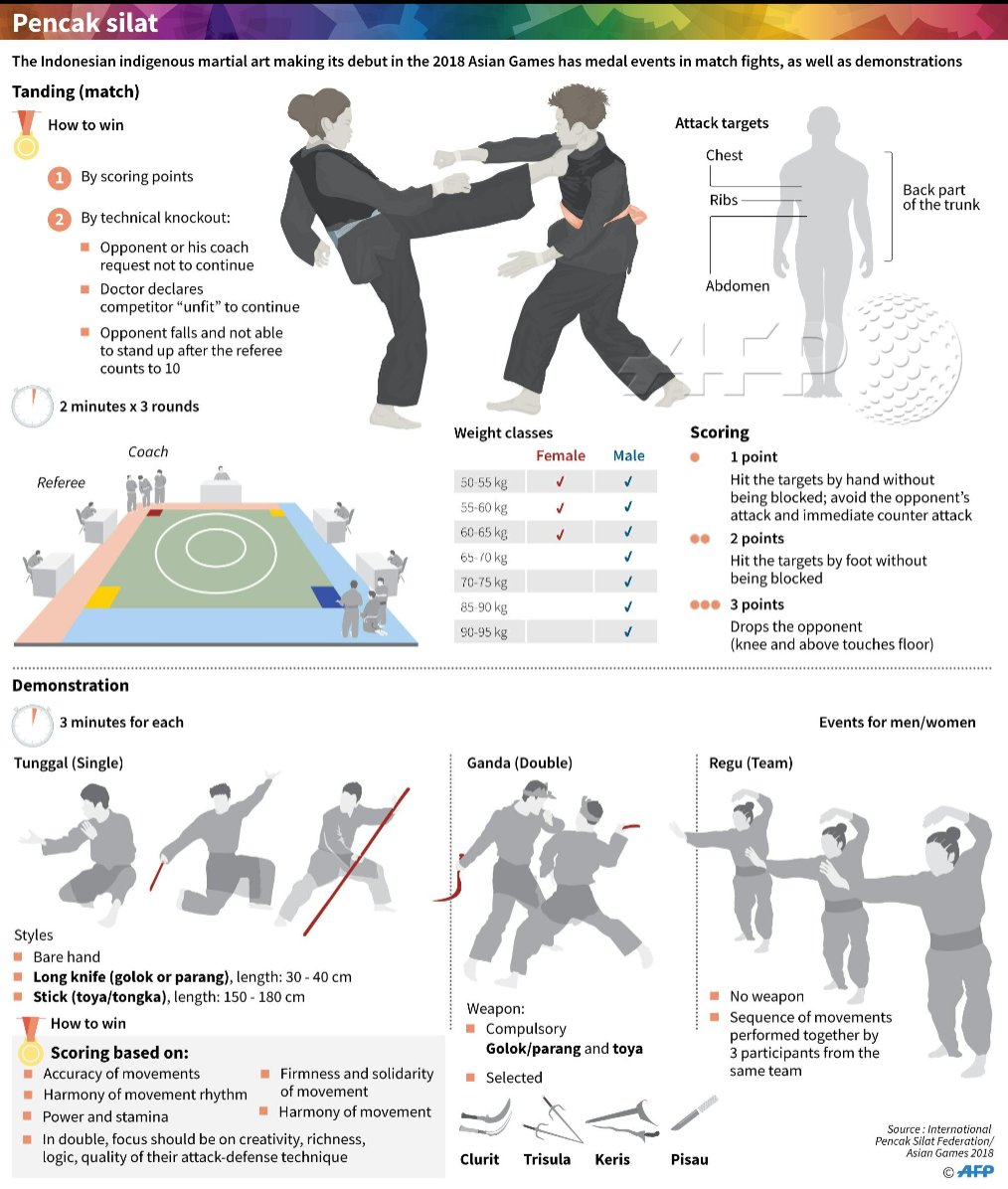Discover The Secrets Behind Karate, Taekwondo, And A Lot More! Introduce The Covert Globe Of Martial Arts Styles In This Utmost Guide
Discover The Secrets Behind Karate, Taekwondo, And A Lot More! Introduce The Covert Globe Of Martial Arts Styles In This Utmost Guide
Blog Article
Web Content Composed By-Borch Russo
Are you tired of feeling overwhelmed by the vast globe of martial arts? With a lot of styles to pick from, it can be simple to get lost in a sea of strikes, kicks, and mysterious names. But worry not!
This conversation will certainly debunk the various fighting styles designs, taking you on a trip from the effective strikes of Karate to the dynamic kicks of Taekwondo. Prepare yourself to uncover the origins, techniques, and philosophies behind these ancient art kinds.
So, tighten your belt and prepare to start an enlightening expedition into the exciting world of martial arts.
Origins of Martial Arts Styles
The beginnings of fighting styles designs can be traced back to ancient people and their demand for protection and combat methods. Throughout history, various cultures established their very own one-of-a-kind approaches of combating, each with its very own set of methods and ideologies.
In China, for instance, fighting styles designs such as Kung Fu and Tai Chi were created as a way of self-defense and enhancing physical and mental well-being.
In Japan, the samurai warriors developed designs like Karate and Judo, concentrating on self-control, accuracy, and proficiency of the body.
Similarly, in Korea, Taekwondo emerged as a fighting style emphasizing high kicks, quick activities, and psychological perseverance.
These very early human beings laid the structure for the varied variety of martial arts styles that exist today, each with its very own abundant background and cultural significance.
Methods and Training Techniques
To understand martial arts designs, practitioners should learn different methods and training techniques.
Strategies are the particular activities and actions used in combat, such as strikes, kicks, throws, and obstructs. Different martial arts designs have their own one-of-a-kind set of methods that specialists have to master with extensive training.
Educating methods differ relying on the design, however they typically involve a combination of physical conditioning, drills, sparring, and kinds.
Physical fitness is crucial to construct toughness, versatility, and endurance. Drills aid professionals refine their methods and boost their speed and accuracy.
mixed martial arts classes near me for adults enables professionals to practice their strategies in a managed, practical atmosphere. Types, additionally known as kata, are deliberate series of movements that assist experts create muscular tissue memory and emphasis.
Approaches and Principles
Exploring the approaches and concepts of martial arts styles can offer you with a much deeper understanding of your chosen self-control. Each fighting style has its own unique approach and collection of assisting principles that form the way it's practiced.
For instance, Martial arts emphasizes discipline, regard, and self-constraint. It teaches professionals to concentrate their minds and bodies, allowing them to defend themselves while maintaining a sense of inner peace.
On adult beginner kick boxing , Taekwondo puts a solid focus on speed, agility, and adaptability. Its principles are rooted in the tenets of politeness, integrity, willpower, self-control, and unbeatable spirit.
Final thought
Since you've discovered the origins, techniques, and philosophies of various fighting styles designs, you have a much deeper understanding of these old techniques.
Envision a young karate student, experimenting unwavering determination and focus, breaking through boards with a powerful strike.
Their trip showcases the devotion and strength called for to understand a martial art, advising us that with discipline and perseverance, anything is feasible.
